Favorite Foods: Asian Pacific American Heritage
Favorite Foods: Asian Pacific American Heritage

From special holiday recipes to family favorites, these stories celebrate delicious dishes and traditions passed from 1 generation to the next, also equally the blending of Asian Pacific and American cultures.
Apple Pie 4th of July
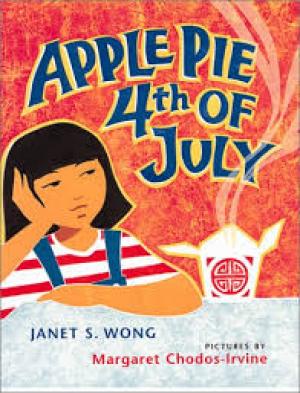
Auntie Yang'south Great Soybean Picnic
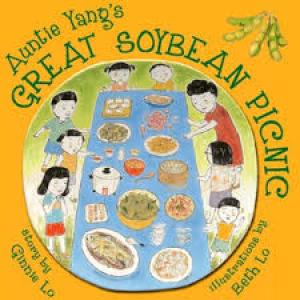
Bee-Bim Bop!
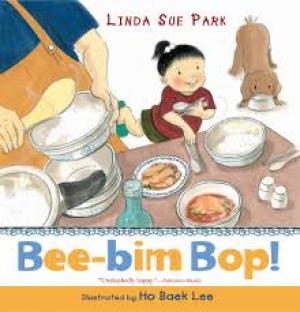
Chachaji's Cup
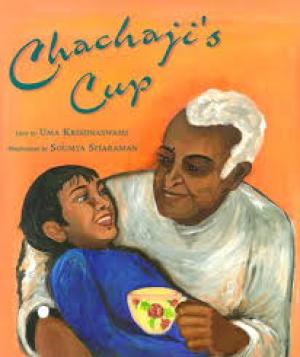
Cora Cooks Pancit
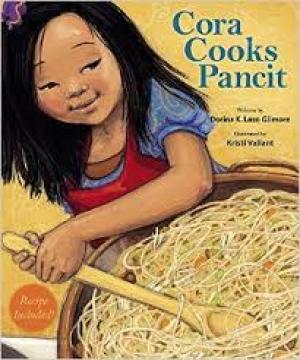
Dim Sum for Everyone
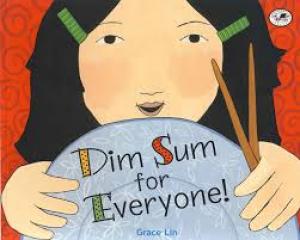
Dumpling Soup
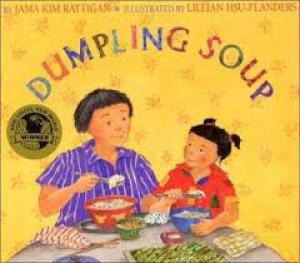
Fortune Cookie Fortunes
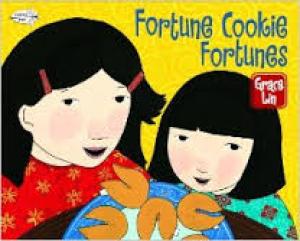
Hiromi'due south Hands
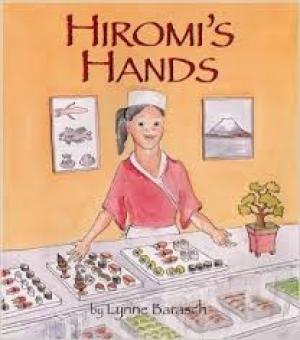
Hot, Hot Roti for Dada-ji
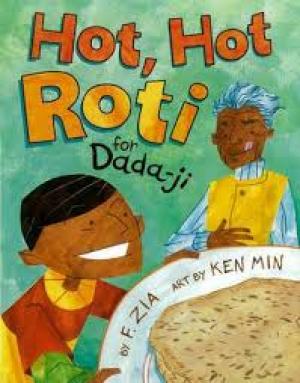
How My Parents Learned to Consume
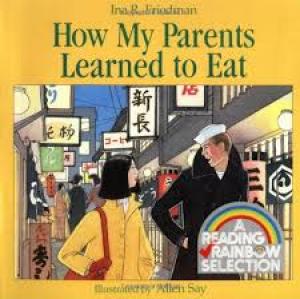
Maggie'due south Chopsticks

Tea with Milk
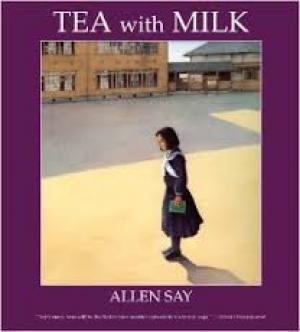
The Have a Practiced Day Buffet
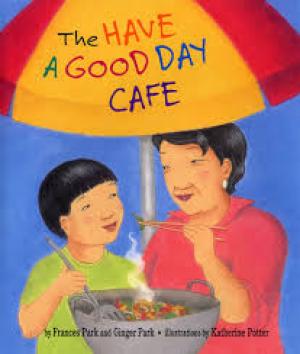
The Ugly Vegetables

Tomatoes for Neela

We Consume Rice
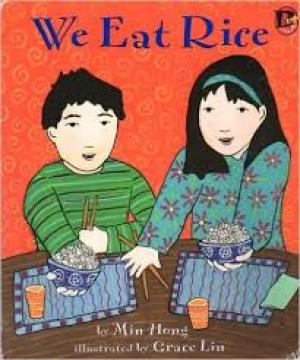
Where on Globe Is My Bagel?
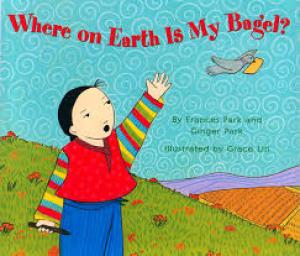
yirawalaspive2001.blogspot.com
Source: https://www.colorincolorado.org/booklist/favorite-foods-asian-pacific-american-heritage
0 Response to "Favorite Foods: Asian Pacific American Heritage"
Post a Comment